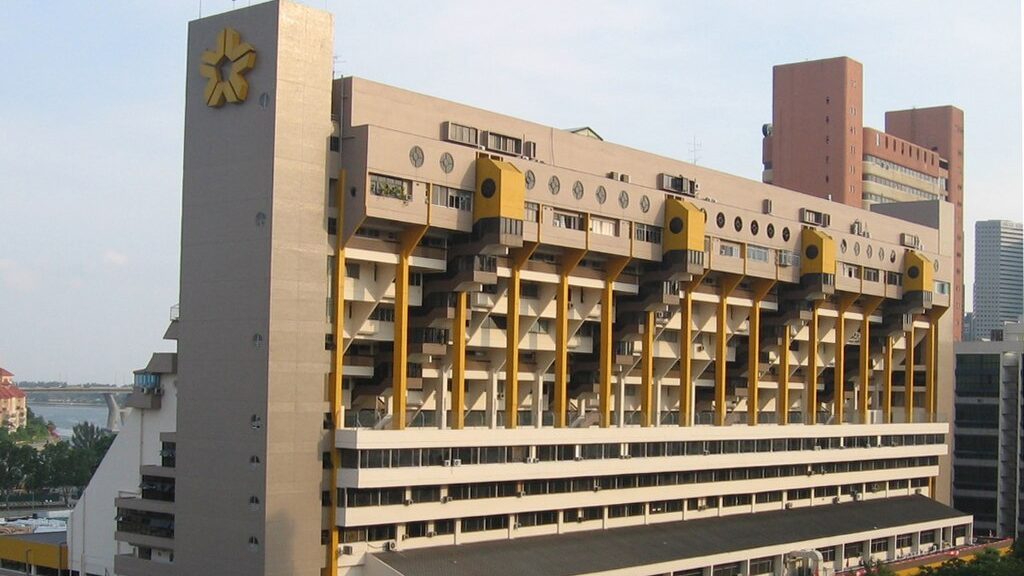SINGAPORE: Redevelopment has officially begun on the iconic Golden Mile Complex two years after its en bloc sale.
The project, spearheaded by GMC Property—a joint venture between Perennial Holdings and Far East Organization—aims to rejuvenate the heritage site while preserving its architectural legacy.
Completion is targeted for the third quarter of 2029, promising a blend of historical culture and modern functionality.
Golden Mile Complex, a landmark of 1970s architecture in Singapore, was designated a conservation building by the Urban Redevelopment Authority (URA) in 2021.
This designation ensures that key features of the original structure, such as its iconic facade, naturally ventilated atrium, and ninth-floor sky garden, are retained.
The redevelopment will also preserve the building’s original tiles, unpainted concrete walls, and unique mosaic finishes, which are rare in contemporary construction.
To achieve this delicate balance between preservation and innovation, GMC Property has re-engaged the architectural firm behind the building’s original design more than 50 years after its conception.
The firm’s expertise is instrumental in transforming Golden Mile Complex into a mixed-use development integrating commercial, retail, and residential spaces while respecting its cultural significance.
The revamped complex will feature a new residential tower comprising 188 units alongside a modernized main building. Four additional floors of office space will be constructed atop the existing structure, creating 156 office units.
The first and second floors will host retail spaces, while the third floor will accommodate 19 medical suites and community areas. The development will also include an open sky garden, offering public access to green spaces.
The goal for the developer appears to be to breathe new life into Golden Mile Complex while maintaining its identity as a cultural heritage icon. This approach involves structural changes and retaining materials like wooden handrails and mosaic tiles that evoke its 1970s character.
Industry experts have noted the challenges inherent in conserving such a distinctive structure. The integration of historical materials with modern construction methods is expected to be labour-intensive but essential for maintaining the authenticity of the building.

